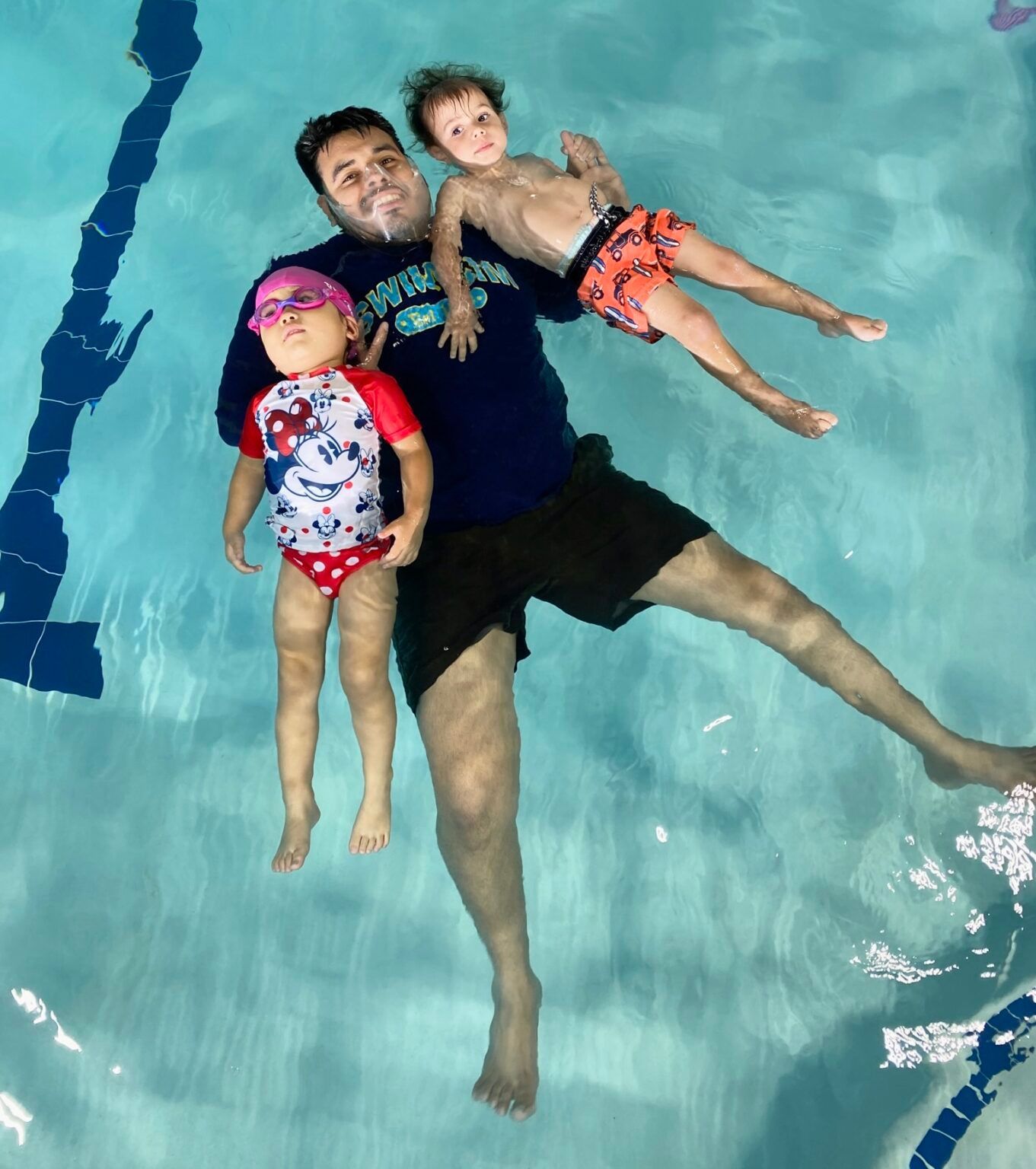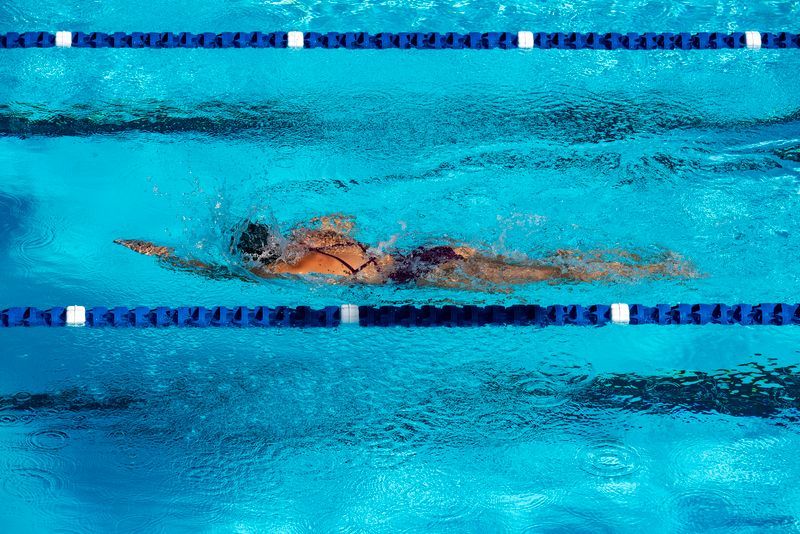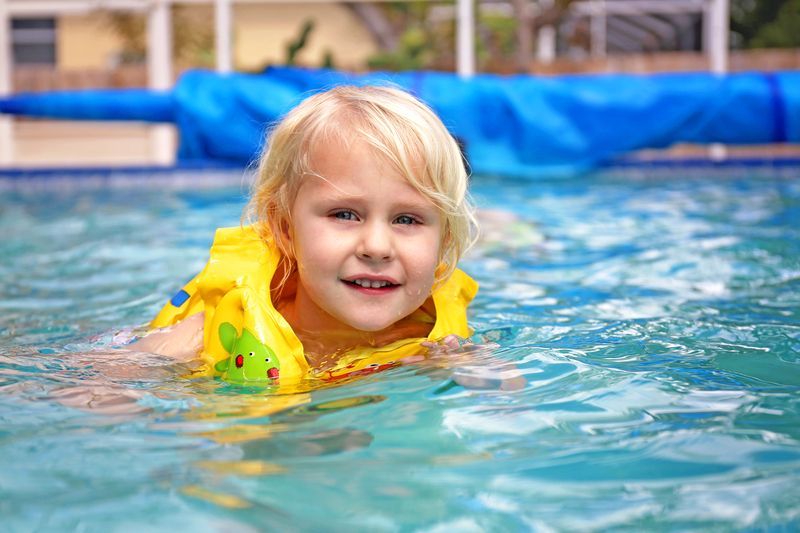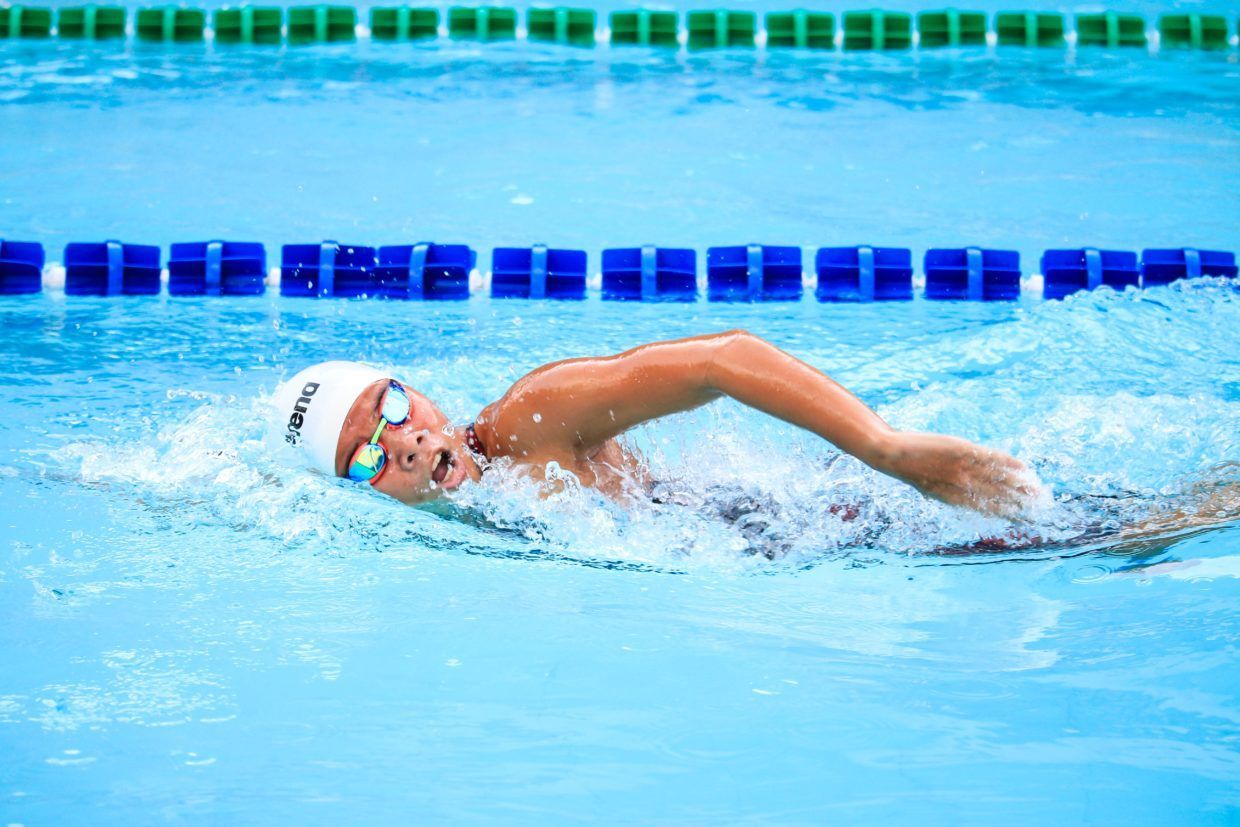Staying Afloat: Understanding Buoyancy for Beginner Swimmers

Embarking on the journey of learning to swim is an exciting adventure, and a fundamental aspect of this process is grasping the concept of buoyancy. It not only explains why objects (including humans) float or sink but also provides practical tips and exercises to help new swimmers develop confidence in the water.
The Science of Buoyancy
The ability to stay afloat and feel comfortable in the water is essential for any swimmer, especially those just starting out. Buoyancy, a significant factor that determines this ability, is not just a helpful concept, but a fundamental law of physics that governs movement in water. For parents and beginners in dynamic urban areas like New York City and Houston, understanding the science of buoyancy can turn apprehension into confidence.
Definition of Buoyancy
Buoyancy is the force that enables us to float in water. The scientific principle behind this phenomenon is straightforward: an object in a fluid experiences an upward force equal to the weight of the fluid displaced by the object. This means that when we swim, we don’t really need to fight to stay up; rather, we’re taking advantage of this natural lifting force. To delve deeper into the science of buoyancy, explore this authoritative source on the physics of buoyancy .
Archimedes’ Principle
One cannot discuss buoyancy without mentioning Archimedes’ Principle. Discovered by the ancient Greek mathematician, Archimedes’ Principle states that the buoyant force on a submerged object is equal to the weight of the fluid that the object displaces. For beginner swimmers, this principle is a beacon of hope: it implies that as long as the weight of the water your body displaces is greater than the weight of your body, you will float.
A practical example for non-scientists: imagine a beach ball being pushed underwater. It pops back up with a force. This resistance is Archimedes’ Principle in action and is what happens to a human body when submerged—a concept that is practically applied in every SwimJim class across NYC and Houston.
How Body Composition Affects Buoyancy
As unique as every individual is on land, so too is their relationship with water. A swimmer’s natural buoyancy is determined by several factors, including body fat percentage, muscle mass, and bone density. Generally, people with higher body fat percentages find it easier to stay afloat due to fat being less dense than water, while those with more muscle and bone mass might find the opposite. Understanding this can help swimmers use their bodies more effectively in the water. It’s a topic that’s often discussed in the early stages of SwimJim’s training, ensuring every learner in NYC and Houston’s diverse communities understands their starting point.
Overcoming the Fear of Sinking
New swimmers, particularly children, may harbor a natural fear of sinking, an anxiety that can inhibit the learning process. The first step in combating this apprehension is providing clear, digestible knowledge about how our bodies work in water. SwimJim instructors often tackle this head-on, using a blend of discipline and humor to build confidence. Techniques and exercises are crafted to foster familiarity and comfort, empowering swimmers to realize that sinking isn’t a foregone conclusion, but a challenge that can be controlled and conquered with the right skills.
The Role of Lungs in Staying Afloat
The lungs act like natural floatation devices within our bodies. Proper breathing isn’t just for oxygen; it also plays a pivotal role in buoyancy. In the bustling swim lessons of New York City and Houston, SwimJim instructors often emphasize the need for controlled breathing to remain buoyant. Draw in a deep breath, and your body becomes more buoyant; exhale, and you’ll notice you sink a bit more. This subtle interplay of breathing and buoyancy is fundamental for any swimmer, especially those just starting their aquatic journey.
Practical Breathing Exercises
For beginners, mastering breath control is a step-by-step process. Start by practicing taking deep, rhythmic breaths outside of the water. Then, while standing in shallow water, gradually submerge your face during exhalation and lift it to inhale. These exercises, honed by the families and instructors within the SwimJim community, lay the groundwork for confidence and control while swimming, regardless of the bustling urban pool environment or the serenity of a community center.
Trusting Your Body’s Natural Buoyancy
Every person has a degree of natural buoyancy. The key for beginner swimmers in New York City or Houston’s diverse neighborhoods is to trust their body’s inclination to float. Even before picking up advanced swimming skills, leaning into this innate capability can be reassuring for new learners. SwimJim’s approach, refined through countless lessons, is to allow swimmers to feel this natural buoyancy, giving them the confidence to proceed with learning additional skills.
Swim Techniques That Improve Buoyancy
While natural buoyancy offers a starting point, SwimJim recognizes that techniques and posture can significantly enhance a person’s ability to stay afloat. For instance, the starfish float or the treading water technique, both taught in New York’s skyscraper shadows and Houston’s urban sprawl, encourage swimmers to spread their weight and utilize the buoyant force more effectively. The key is in the form; relaxed, well-aligned positioning in the water makes for better flotation. SwimJim’s curated lessons always put an emphasis on proper technique, not just to swim effectively but to make staying afloat feel effortless.
Types of Swim Aids
When first embarking on the swimming journey, swimmers in the vibrant locales of New York City and Houston have various aids at their disposal. These range from floaties, which keep young swimmers above water, to kickboards, which are excellent for practicing leg movements. SwimJim instructors integrate these aids into lessons not as crutches, but as tools to gradually build towards independent swimming, recognizing the unique path each student takes towards buoyancy and confidence in the water.
Pros and Cons of Using Swim Aids
While swim aids can provide immediate floatation assistance and help newcomers overcome initial fears, it’s crucial to use them appropriately. Over-reliance on these aids can impede the development of proper swimming techniques, which is why SwimJim’s lessons are designed to transition swimmers away from aids as they gain skill and confidence. The goal is not to depend on external buoyancy, but to develop it within oneself, fostering true water independence that echoes across the bustling pool decks and quiet community centers of SwimJim’s service areas.
Water Safety Skills
Alongside the fun and excitement of learning to swim, there lies an unyielding truth: water safety is paramount. This principle resonates deeply with SwimJim’s ethos, as it trains swimmers in New York City and Houston. Beginners learn essential skills such as floating, treading water, and basic swimming strokes – tools that are just as valuable for enjoyment as they are for safety. Instructors instill the belief that knowledge is as crucial as movement in the water, shaping learners who are not just capable but also conscientious.
Drowning Prevention and Buoyancy
Understanding buoyancy aids significantly in drowning prevention. The awareness of how to manage one’s body in water, float, and stay at the surface, is empowering. It’s a core lesson at SwimJim where drowning prevention is not just taught as a curriculum requirement but as a life-saving habit. Incorporating buoyancy knowledge gives students and their parents a sense of assurance – a belief that they possess the power to keep themselves safe in aquatic environments, no matter how challenging they may appear.
Structured Approach to Teaching Buoyancy
At the heart of SwimJim’s teachings is a structured approach, one that carefully introduces buoyancy concepts in a step-by-step fashion. In the fast-paced, cosmopolitan environment of New York City and the vibrant, community-oriented areas of Houston, a methodical program is key to successful learning. Students come to understand how to float, balance, and move in the water, building a solid foundation before progressing to more advanced swimming techniques.
Patience and Progress Monitoring
Patience is as crucial for instructors as it is for learners. The journey to becoming a confident swimmer varies for each individual. Small milestones are celebrated, and setbacks are met with encouragement and support. SwimJim’s instructors keep detailed records of each student’s progress, ensuring that everyone can see how far they’ve come and what exciting challenges lie ahead.
Sharing Real-life Experiences
From the words of parents in Brooklyn to the testimonials of young swimmers in Houston, success stories are a testament to the effectiveness of understanding buoyancy in learning to swim. Hearing about others who have overcome their fears and are now at ease in the water can inspire and motivate new swimmers to persevere and enjoy their own journey to buoyancy.
Role of Instructors in Developing Confidence
Behind every confident swimmer is a team of dedicated instructors who provide not just technical guidance but also emotional support. These instructors, affiliated with organizations like The United States Swim School Association and The World Aquatic Baby Congress, leverage their expertise to build each student’s self-assurance one lesson at a time.
As we reflect on the joys and challenges of learning to swim, the concept of buoyancy stands out as both a physical principle and a symbol of the journey itself. It represents the uplifting force that SwimJim, through its compassionate and skilled instructors, offers to each student. To anyone venturing into the water, buoyancy is a reminder that with knowledge, practice, and the right support, not only will you stay afloat, but you’ll also thrive in the water.
Remember the importance of buoyancy and the confidence it brings. Feel free to reach out to SwimJim and join the community that’s committed to nurturing safe, skilled, and buoyant swimmers.
The post Staying Afloat: Understanding Buoyancy for Beginner Swimmers appeared first on Swim Jim.







